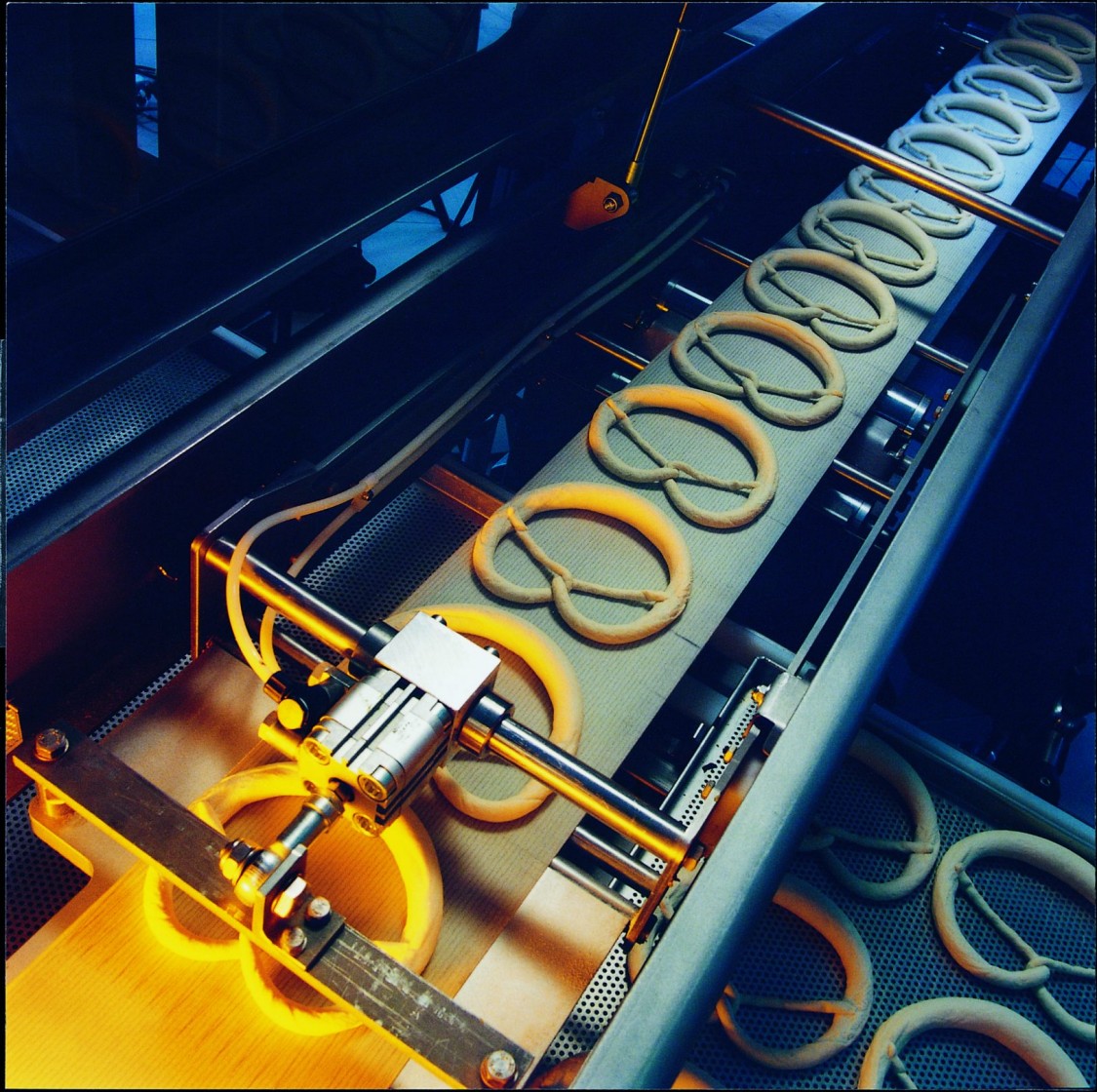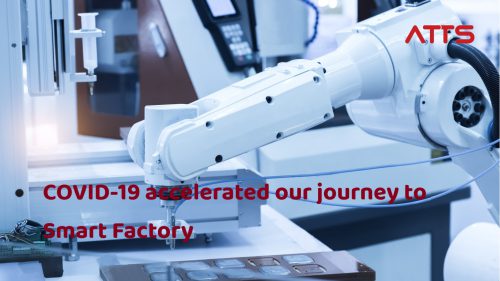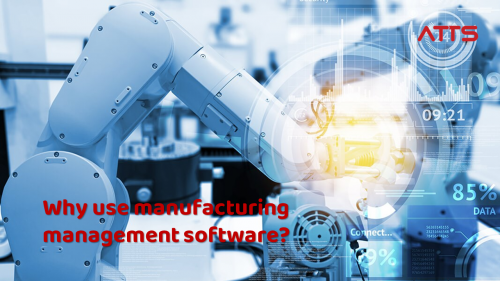Automation trends in 2022 for F&B (Food & Beverage) industry
The use of robotics in the F&B (Food and Beverage) industry is booming right now. Manufacturers are increasingly turning to robotic automation to help keep up with the rapidly changing consumer habits around food and beverage consumption.

Why robotic automation is booming in the F&B industry in 2022
As reported by industry publication Food Navigator, the amount of robot stock operating in F&B manufacturing has almost doubled since 2014. It’s predicted that the number of robots per 10,000 employees in the industry will rise 47% over the next 5 years and that the food robotic market will be worth $2 billion by 2028.
This is quite a big deal for an industry that has traditionally lagged behind other manufacturing industries in its use of automation. Various factors are contributing to this increase in robot use in the industry.
In part, it is just a demonstration of the wider adoption of robotics across manufacturing sectors. However, there are more specific changes in the F&B industry that are causing robotics to thrive right now.
5 robotic trends in the food and beverage industry
The food and beverage industry has experienced some seismic shifts recently.
The Covid pandemic, for example, introduced a new set of demands on food manufacturers as consumer buying habits changed almost overnight. Panic buying during 2020, for example, showed how ill-prepared many companies were to respond quickly to changing product demands. Many more people also started buying food and beverages online, which revealed the gaps in the logistics of many companies.
Here are 5 automation trends in the F&B industry.
Cobot applications
Many food and beverageF&B operations still include a large number of manual processes. The presence of human workers can make it hard to completely automate the entire food manufacturing workflow with conventional automation.
Collaborative robots offer the possibility for companies to automate just a small part of their process, such as with robotic palletizing or pick and place. New examples come up all the time of food and beverage companies using cobots.

Cobots provide flexibility when a business wants to automize its process
Digitization of F&B manufaturing
Plenty of industries are experiencing a shift right now as companies are under demand to digitize their operations. F&B industry digitization can include using smart sensors to track products, cloud-based inventory tracking, and advanced order processing.
Food palletizing is one task that has undergone digitization recently. Thanks to improvements in robot programming and related computer systems, companies can now quickly change the pallet designs and layouts to accommodate changes in their product lines.
Increases focus on food safety
Food safety has always been extremely important in the food and beverage industry. However, Covid-19 threw this need into sharp focus. Manufacturers were required to check and improve their food safety across the board.
Robots can help to improve food safety by removing the need for human touches. Plenty of food manufacturers have reduced the risk of cross contamination in their facilities by using robots for particular food handling tasks.

Robot reduces contact between human and food products
Sustainable packaging
There’s also a drive right now for more sustainable packaging options for food and beverage products, with companies looking for ways to reduce unnecessary waste. According to some figures, up to 40% of the food produced is not eaten.
Advanced packaging technology and materials can be used to reduce this waste. Robots can also reduce unnecessary waste in the packaging process.
Instant scalability
One thing that the Covid-19 pandemic made very clear is that the market can change very quickly. Food and beverage manufacturers may need to scale their production almost overnight to respond to changes in the market and supply chain.
Collaborative robots are a great way to scale production in a smart way. For example, using robotic palletizing to scale the production of the business.
Read more: Industrial Internet of Things plays an important role in the digital transformation of manufacturing
Automation in the food and beverage industry brings several benefits across the board such as consistent quality and improved food safety. But if you’re planning to adopt new technology or update existing ones, it is a must to get help from a trusting provider to make sure of an effective installment and correct communication to the employees.
Read more about ATTS services:
https://atts.com.vn/services.html
Connect us:




